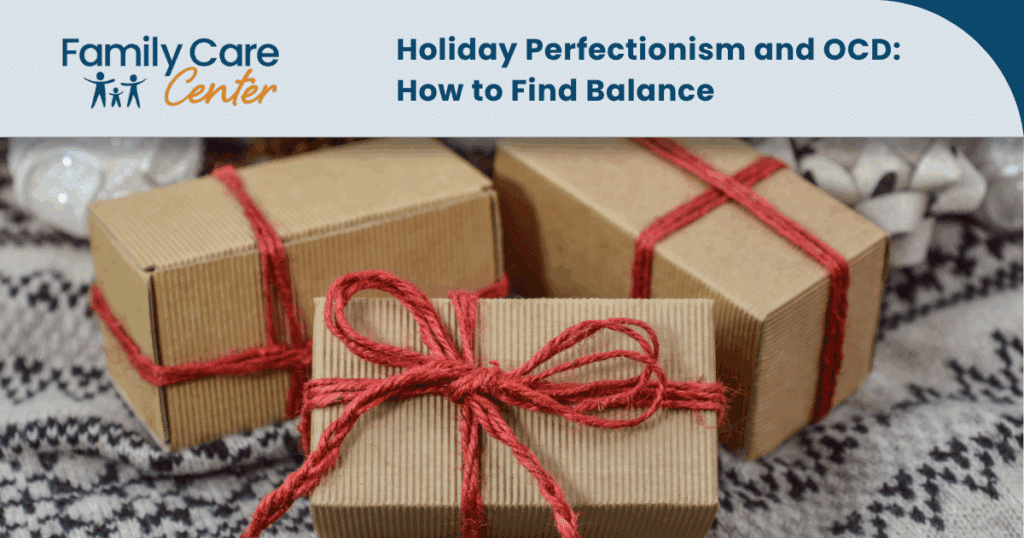In today’s fast-paced world, mindfulness offers a simple yet powerful way to enhance well-being and reduce stress. By practicing mindful activities and breathing, people can enjoy many benefits that can improve both mental and physical health.
This blog will examine the key principles of mindfulness, discuss its effects on thinking and feelings, and show how to use mindful breathing in everyday life.
What is Mindfulness?
Mindfulness is the practice of paying attention to the present moment without judgment or agenda. Whether at work, home, or elsewhere, mindfulness encourages awareness and acceptance, allowing individuals to respond thoughtfully rather than react impulsively.
Key Principles of Mindfulness
- Awareness: Noticing thoughts, feelings, and surroundings without distraction
- Acceptance: Letting go of the need to “fix” every thought or emotion
By embracing these principles, mindfulness can help individuals strengthen relationships, improve sleep, and boost mental clarity.
Mindfulness Benefits: Enhancing Cognitive and Emotional Well-being
Practicing mindfulness helps both the mind and emotions. It is a useful way to handle daily stress and boost mental health by improving both cognitive and emotional clarity.
Cognitive Clarity
Mindfulness strengthens cognitive functions, helping individuals think more clearly and stay focused throughout the day.
It can also:
- Enhance focus and brainpower,
- Improve concentration,
- Support memory storage,
- And promote efficiency with the philosophy that “a calm mind is an efficient mind.”
Emotional Clarity
By fostering emotional awareness and resilience, mindfulness helps individuals navigate stress and challenging emotions more effectively. Research shows it reduces stress by calming the brain’s “alarm system.”
It also:
- Helps regulate emotions,
- Reduce symptoms of anxiety and feelings of being on edge,
- And encourages a more balanced response to difficult situations.
Mindful Breathing: A Simple and Effective Technique
One of the easiest ways to incorporate mindfulness into daily life is through mindful breathing. A simple breathing practice can be easily done in just a few minutes, helping anchor awareness to the present moment while reducing stress and enhancing relaxation.
What is Mindful Breathing?
Mindful breathing involves focusing attention on the natural rhythm of the breath. It requires individuals to observe the sensation of air entering and leaving the body, then gently return focus to the breath when the mind wanders.
When doing this, you should recognize each inhale and exhale without judgment.
When to Use Mindful Breathing
- During moments of stress, such as traffic or before a meeting.
- As part of a daily routine, such as first thing in the morning or before bed.
- To calm the mind before responding to a challenging situation.
Starting with just one minute of mindful breathing per day can make a significant difference. Over time, this practice can enhance resilience and emotional balance.
Incorporating Mindful Activities into Daily Life
Aside from mindful breathing, various mindful activities can further reinforce mindfulness benefits. Check out these effective activities.
- Guided meditation: Using apps like Calm or Insight Timer
- Walking: Focusing on each step and the sensation of movement
- Journaling: Writing thoughts without judgment or over-analysis
- Body scanning: Bringing awareness to different areas of the body to release tension
Remember, mindfulness is a practice, not a formula for perfection. If it begins to feel like another task on a to-do list, reframing it as a break from daily pressures may be helpful. Setting small, achievable goals, like adding one minute of mindful breathing to your routine, can lead to real progress over time.
C.A.L.M. – The Key to Mindfulness Benefits
At Family Care Center, we understand the importance of mental well-being, which is why we’re championing C.A.L.M., a simple and effective mindfulness framework that can enhance mental and emotional health.
- C – Cognitive Clarity: Mindfulness enhances focus, memory, and efficiency.
- A – Awareness & Acceptance: Encourages present-moment focus and emotional regulation.
- L – Lower Stress: Helps regulate emotions and calms the brain’s stress response.
- M – Mindful Breathing: A simple, research-backed technique for relaxation and resilience.

With our expertise in mental health care, we’re committed to helping individuals integrate mindfulness into their daily routines. Whether through mindful breathing, guided meditation, or awareness techniques, even small steps can lead to meaningful improvements in mental well-being.
_________________________________________________________
Written by David Wood, LPC-MHSP





